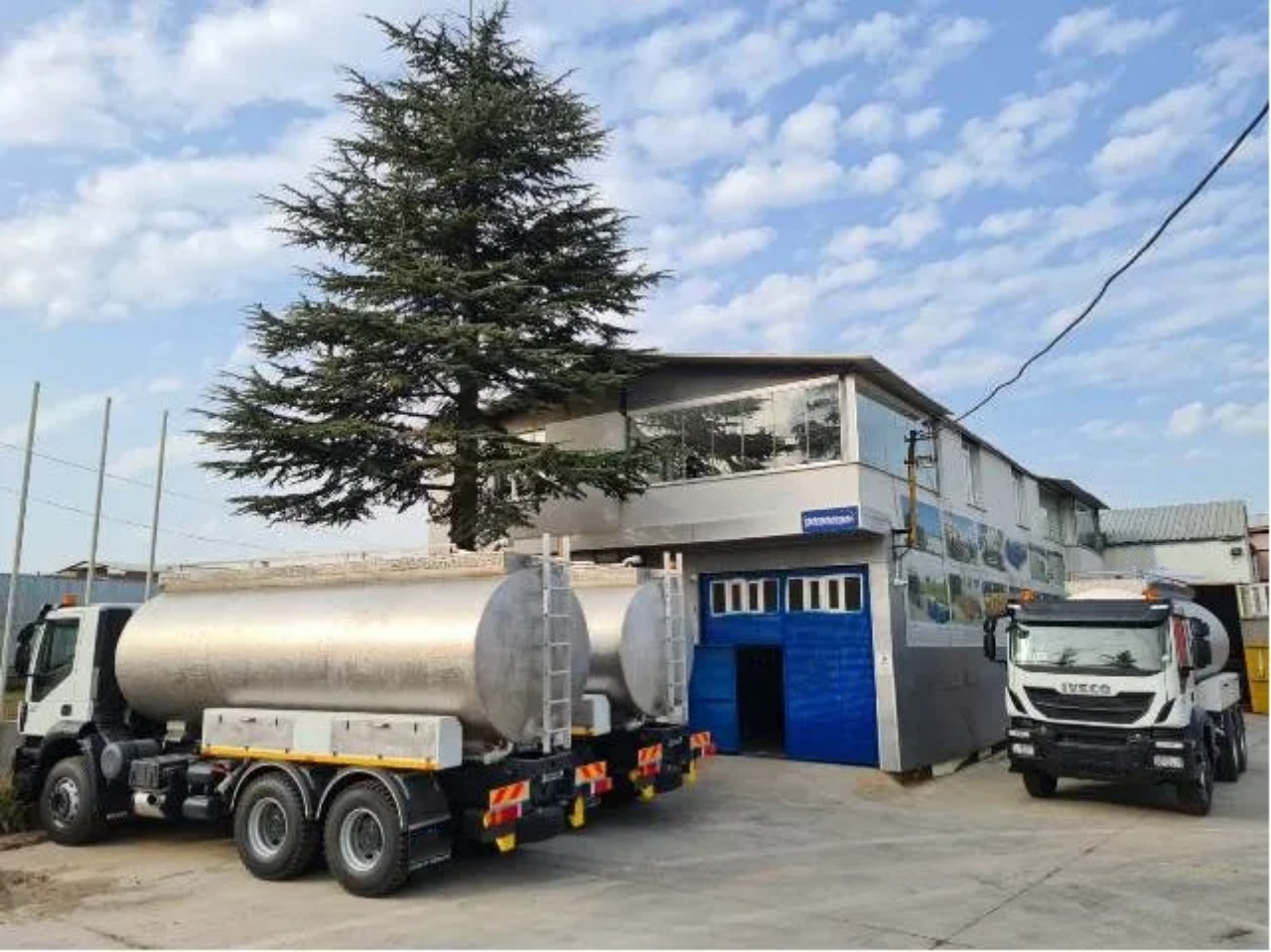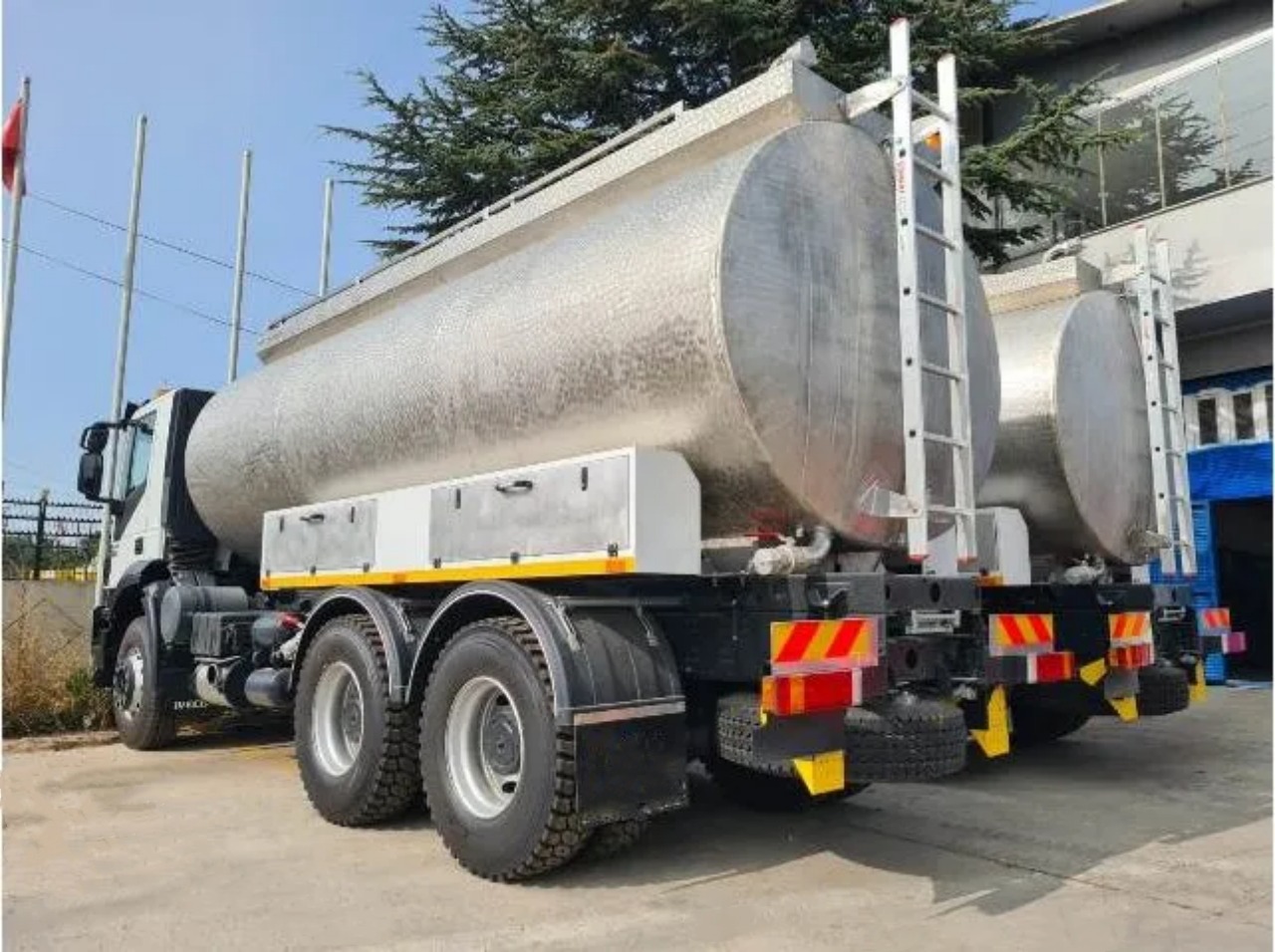Water trucks are specialized vehicles designed to transport and distribute water for a wide variety of purposes, from dust suppression on construction sites to providing potable water in emergencies. The size of a water truck can vary significantly depending on its intended application, and understanding these variations is important for anyone in industries like construction, mining, agriculture, firefighting, and municipal services. In this article, we’ll explore the dimensions, capacity, and classifications of water trucks and what factors determine how big these vehicles can be.
Understanding the Basics of Water Trucks
A water truck is typically a heavy-duty vehicle fitted with a large water tank, a pump system, spray nozzles, and control mechanisms. The truck’s chassis can be based on commercial truck platforms ranging from small single-axle units to large off-road articulated dump trucks or tractor-trailer combinations.
The core function of a water truck is to deliver water where it is needed and to do so safely and efficiently. This can mean spraying water on dusty roads, filling swimming pools, aiding in fire suppression, or irrigating large areas of land.
Size Classifications: Small, Medium, and Large
Water trucks are generally classified by the volume of water they can carry. Let’s break them down into 3 major categories:
1. Small Water Trucks (500 to 2,000 gallons)
These are typically mounted on light-duty or medium-duty truck chassis and are often used for urban applications, small landscaping projects, or tight-access environments. Common uses include:
- Residential construction
- Landscaping
- Small municipal services
- Emergency potable water delivery
A small water truck might measure about:
- Length: 15 to 22 feet (4.5 to 6.7 meters)
- Width: 6.5 to 8 feet (2 to 2.4 meters)
- Height: 8 to 10 feet (2.4 to 3 meters)
Because of their smaller size, these trucks are more maneuverable and can operate in congested areas.
2. Medium Water Trucks (2,000 to 4,000 gallons)
These are the most commonly used water trucks for general-purpose industrial and municipal applications. They offer a good balance between capacity and maneuverability and are ideal for:
- Road construction and maintenance
- Mining support
- Dust control on medium-sized job sites
- Agricultural irrigation
A typical medium water truck would have dimensions such as:
- Length: 22 to 30 feet (6.7 to 9.1 meters)
- Width: 8 to 8.5 feet (2.4 to 2.6 meters)
- Height: 10 to 12 feet (3 to 3.7 meters)
Medium trucks are often built on tandem-axle chassis to support the increased weight of a full tank of water.
3. Large and Off-Road Water Trucks (5,000 to 20,000+ gallons)
These trucks are used in large-scale operations such as mining, major construction projects, and large agricultural or forestry applications. Some off-road models are built on rigid-frame or articulated dump truck platforms and are designed to handle rough terrain and heavy loads.
Typical large water trucks may measure:
- Length: 30 to 40+ feet (9.1 to 12.2 meters)
- Width: 9 to 12 feet (2.7 to 3.7 meters)
- Height: 12 to 14+ feet (3.7 to 4.3 meters)
In open-pit mining, ultra-class water trucks like the Caterpillar 777 or Komatsu HD785 are common, with capacities that can exceed 20,000 gallons (75,000 liters). These trucks are massive in scale and require specialized operators and infrastructure.
Factors Affecting Water Truck Size
Several key factors influence how big a water truck can be, including:
1. Intended Application
The size of the water truck should match the job. For example, fire departments may require a smaller, high-mobility water tender for forest areas, while highway construction crews may prefer a medium-sized truck with multiple spray configurations.
2. Weight Regulations
In many regions, water trucks are subject to gross vehicle weight rating (GVWR) limits imposed by transportation authorities. Water is heavy—about 8.34 pounds per gallon (1 kilogram per liter)—so a full tank adds significant weight. For example, a 4,000-gallon tank adds over 33,000 pounds (15,000 kilograms) just in water weight.
3. Road or Site Conditions
Rough terrain or narrow access roads might limit the size of the truck that can be used. Off-road trucks are often custom-built to handle tough environments, whereas urban applications may require smaller, more nimble units.
4. Truck Configuration
Water trucks can be:
- Rigid-body trucks: Common for standard applications, where the tank is fixed to the truck frame.
- Semi-trailers: Used for high-capacity operations. These consist of a tractor unit and a trailer-mounted water tank. Capacities can exceed 6,000 gallons and offer flexibility in fleet logistics.
- Off-highway trucks: Enormous machines used in mining or large-scale civil engineering works.
Tank Sizes and Shapes
Water tanks can be round, elliptical, or rectangular, depending on their design goals. Elliptical tanks are common as they offer a lower center of gravity and are easier to mount on truck frames. Some tanks are made of carbon steel, aluminum, or polyethylene, each with different weight and durability characteristics.
Examples of Common Water Truck Sizes
| Use Case | Typical Capacity | Common Truck Example |
|---|---|---|
| Landscaping/Residential | 1,000 gallons | Ford F-750 with tank body |
| Road Construction | 2,000–4,000 gallons | Freightliner 114SD, Kenworth T880 |
| Mining Operations | 5,000–20,000+ gallons | Caterpillar 777, Komatsu HD785 |
| Agricultural Use | 3,000–6,000 gallons | Peterbilt 567 with tandem axle tank body |
| Firefighting (Rural) | 1,000–3,000 gallons | International WorkStar water tender |
Final Thoughts
So, how big are water trucks? The answer varies widely—from compact, 1,000-gallon units that fit on light-duty trucks to colossal 20,000-gallon machines that roam giant mining sites. The right size depends entirely on the job at hand, the terrain, and local regulations.
Understanding the size and capabilities of water trucks is essential when selecting the right vehicle for your operation. Whether you’re suppressing dust on a rural road or hydrating crops on a farm, choosing the appropriate size ensures safe, effective, and cost-efficient water delivery.





